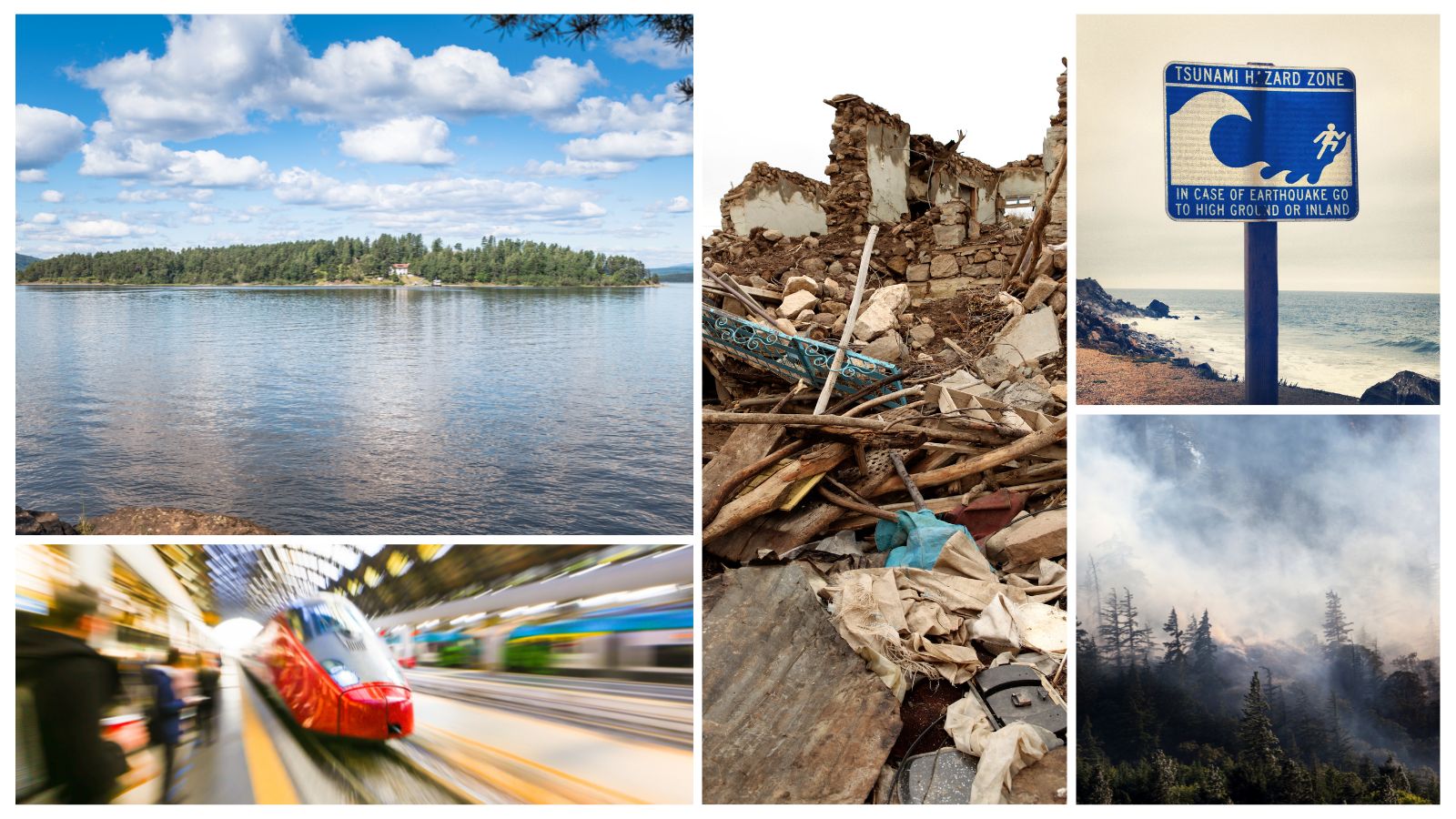ENGAGE is an ambitious project. We want to study “societal resilience” – the socially embedded potential of societies to withstand disruption. Societal resilience and social context are closely linked because the social conditions of society play a significant role for its ability to withstand and recover from disruptions. Social context refers to the cultural, economic, political, social factors that shape the way a society functions and interacts with the world around it. In addition, the situational context of disasters plays a significant role in influencing the way formal and informal actors can contribute to reducing consequences.
For obvious reasons, it is impossible to empirically study the way society as a whole influences the way a disaster is dealt with. Hence, there is a need to find the situations where the phenomena we want to shed light on, are the most visible. Perhaps unsurprisingly, the major disasters and disturbances to society are among the situations where such empirical opportunities arise. This is why the case study approach is key to the ENGAGE’s theoretical and conceptual development.
Small N and large conclusions
But how is this even possible? How can we go from studying particular, “small” cases to theorising around the “big” picture of societal resilience? Luckily, we are not the first social scientists pondering around this question. There is a long history of case study research (e.g., Ragin 1992), and case studies are central in the theoretical canon of safety and resilience research (Antonsen & Haavik, 2021). A common thread in this line of research, is that it is a fundamental misunderstanding that “small N studies” cannot be the basis of generalisation, although obviously not in the statistical sense (Flyvbjerg, 2001). The generalisation is done in the form of concept and model development grounded in empirical data from studies of cases that are strategically selected to represent the phenomenon under study. A case study is defined as
“an empirical inquiry that investigates a contemporary phenomenon (the “case”) in depth and within its real-world context, especially when the boundaries between phenomenon and context may not be clearly evident.” (Yin, 2014, p. 16)
For ENGAGE, where it is part of the project DNA to be sensitive to differences in context, we take special interest in Yin’s emphasis on the links between the phenomenon and the context within which it is situated, and that the two are not always easily distinguishable. When we study a series of disasters, the massive difference in context is not seen as a methodical challenge. On the contrary, it constitutes an empirical opportunity to achieve variation on important variables – and the most important variable is context.
ENGAGE’s case study approach
The case studies and their theoretical implications are described in the projects Deliverable D1.4, Model for assessing and enhancing societal resilience. Our analysis started out with analysing data from two extreme events disasters that are somewhat similar and for which there exist rich data – the Thalys train attack and the terror attack on Utøya. These cases are extreme in the sense that they involved ordinary people taking risks on their own behalf- which contributed to preventing or reducing harm to others. Following a sequential strategy inspired by grounded theory (Glaser & Strauss, 1967), we use these cases to develop and refine the project’s theoretical and analytical model. To be able to “test” the relevance and limits of generalisation of this model, we applied the model to cases that differed from the Thalys and Utøya cases. The cases differed in the sources of the crisis, their onset and duration, as well as the crises’ scale. Being “test” cases, these studies were related more directly to the model, and were not be described in the same empirical detail as the Thalys and Utøya cases.
 Figure – Case comparison – time and scale
Figure – Case comparison – time and scale
The rationale was using five other cases to assess if the model’s dimensions were applicable or not, by confronting it with settings different than the two base cases.
What can be learned from this?
The point of this blog post is not to reiterate the findings from the case studies. The interested reader is referred to the project report. Our point here is that there is a lot to gain in empirical opportunities from taking a more deliberate and strategic approach to case studies. All too often, what constitutes “a case” is presented as self-evident, often referring to the context in which something is studied, but without consideration of what “the case” actually is, what it is a “case of” and its relevance beyond the particular context. In many ways, the empirical work in ENGAGE challenged the way we had perceived the methodological toolbox for studying resilience. For us, the methodological choices (and sacrifices) were part and parcel of our theoretical potential and we believe that future theoretical developments on resilience can benefit from the empirical grounding offered by case study methodology.
Authors: Stian Antonsen (NTNU) and Jan Woerlein (ENS)
References
Antonsen, S., & Haavik, T. (2021). Case studies in safety research. In K. P. Gould & C. Macrae (Eds.), Inside Hazardous Technological Systems. Methodological Foundations, Challenges and Future Directions. CRC Press.
Flyvbjerg, B. (2001). Making social science matter: why social inquiry fails and how it can succeed again. Cambridge University Press.
Ragin, C. C., & Becker, H. S. (1992). What is a case? Exploring the foundations of social inquiry. Cambridge University Press.
Yin, R. K. (2014). Case Study Research Design and Methods (5th ed.). Sage.





